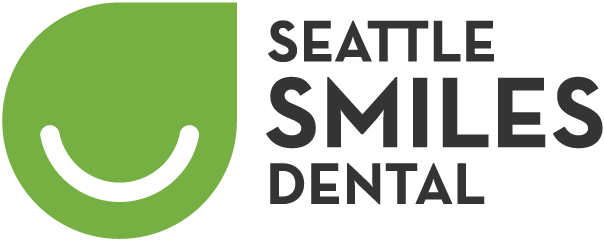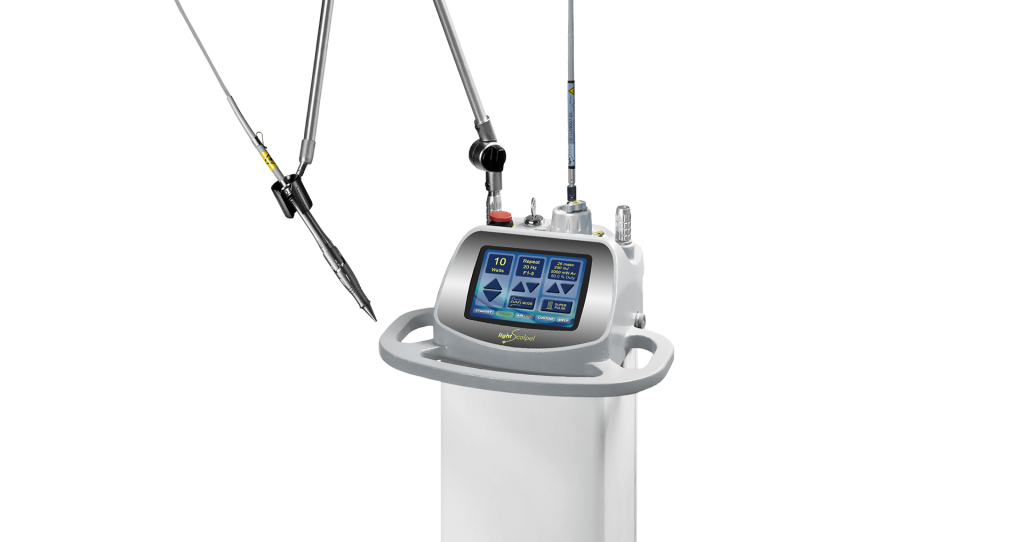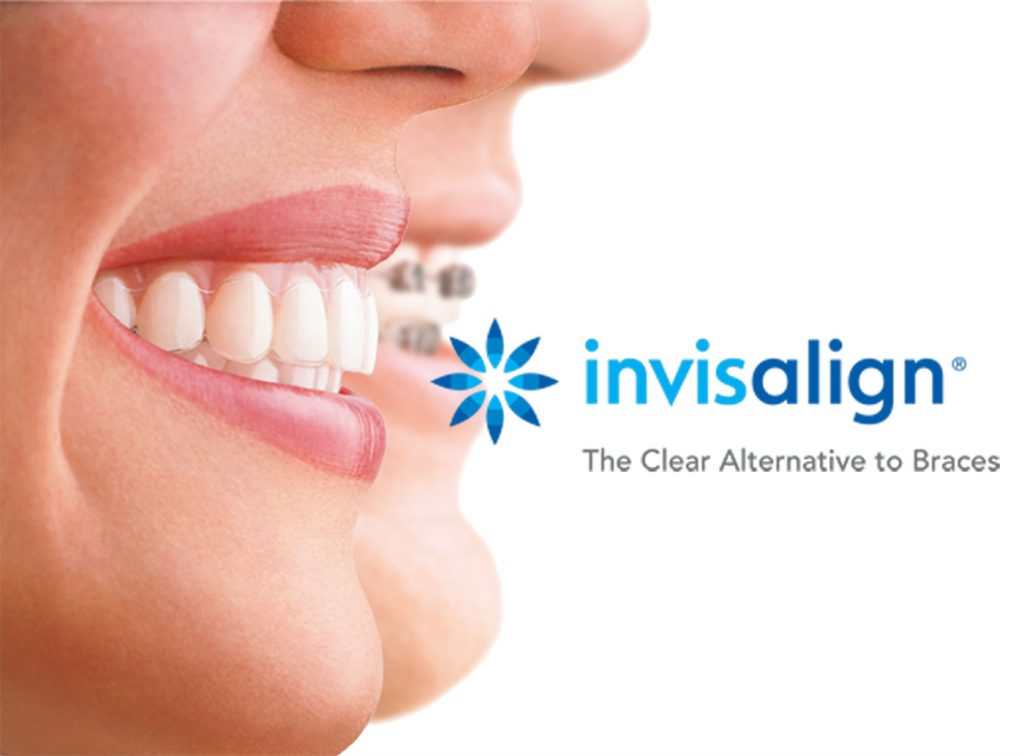Silver diamine fluoride is a cavity-stopping liquid that is brushed on to teeth to halt small cavities without the need for anesthetic or drills.
It has been used for decades in Japan and was approved for use in the United States in 2015 by the US Food and Drug Administration (FDA).
See the New York Times article on silver diamine fluoride, A Cavity-Fighting Liquid Lets Kids Avoid Dentists’ Drills.
How does it work?
Fluoride re-hardens soft enamel while silver diamine kills bacteria that cause cavities. SDF stays within the tooth and dead bacteria for months which prevents new bacteria from adhering and stops the cavity from progressing, possibly preventing the need for fillings.
Who can receive SDF?
- No limit on age or number of teeth treated
- Safe if you’re pregnant or nursing
Who shouldn’t receive SDF?
- Patients with a silver allergy
- Patients with ulcerative gingivitis or ulcerative lichen planus
- Patients with esthetic concerns as halted cavities will darken to nearly black
What are the benefits?
- May prevent need for more costly and time-consuming dental treatment
- May prevent need for treatment on children who might normally require sedation
- May prevent the need to fill baby teeth
- May be used to slow down, not halt, the growth of large cavities to “buy time” for future planned treatment
- May be beneficial for some geriatric, nursing home or special needs patients who may have difficulty receiving access to dental care or tolerating dental treatment
What are the drawbacks?
- Cavities will darken to nearly black; patient may elect not to treat esthetic areas with SDF
- May require future filling or dental treatment if cavity continues to grow
- Requires multiple applications for best result
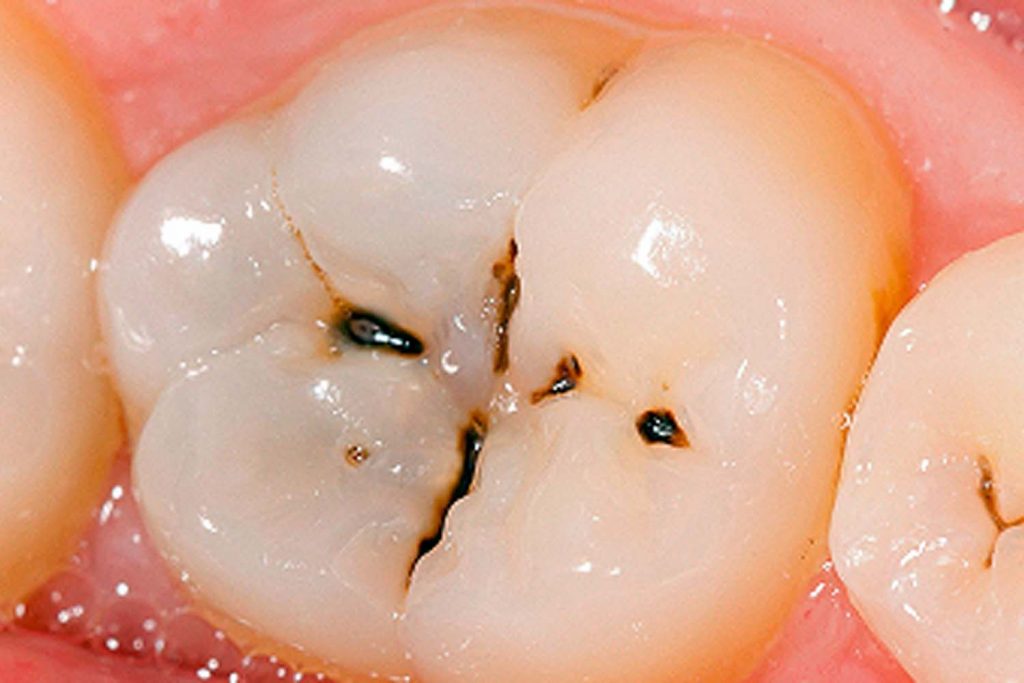
SDF treated tooth with halted decay

Baby teeth with cavities before SDF
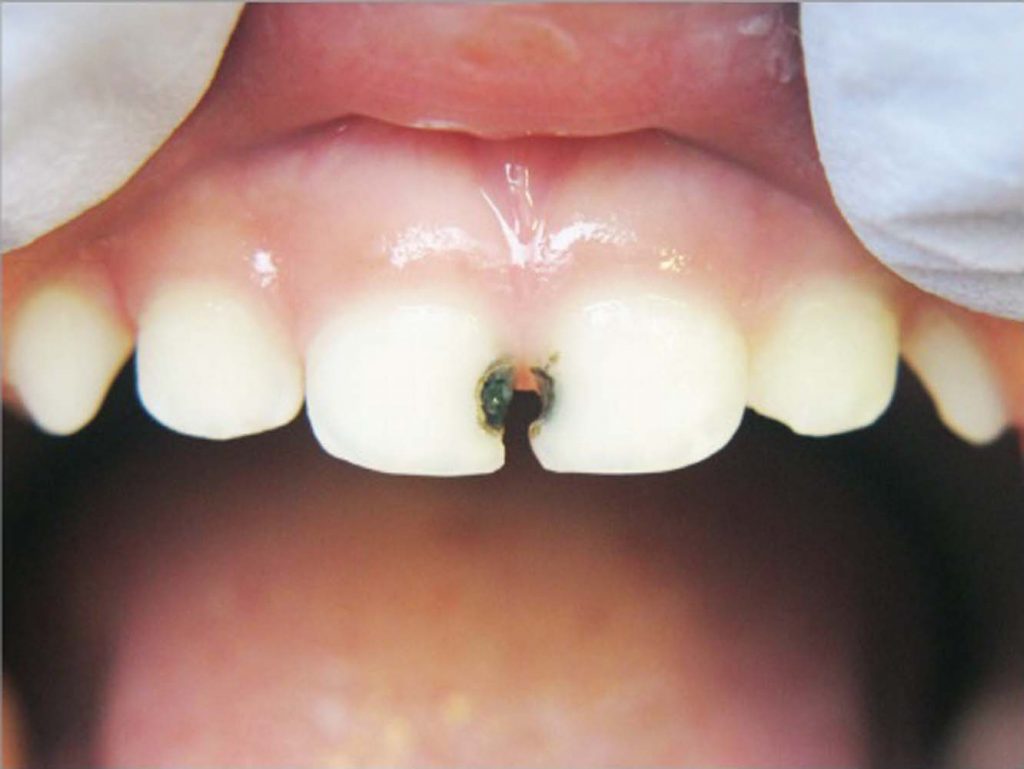
Baby teeth with halted cavities after SDF
What cavities can be halted?
- Cavities in non-esthetic areas
- Small cavities in the outer surface (enamel) of the tooth that have not yet reached the tooth nerve or pulp
- Cavities with smooth surfaces that do not increase food and plaque build-up that are likely to decay again
- Your dental provider will determine which areas may best be treated with SDF.
How do you know if the cavity has stopped growing?
- It has darkened to nearly black, re-hardened and has not increased in size visually or on x-rays after 4 applications over the course of 2 years
Will a filling be needed later?
- If the cavity continues to grow
- If the cavity is a food and plaque trap and develops or is likely to develop new decay
- If discolored and darkened halted decay is in an esthetic area and you desire to restore it to a natural tooth color
How is SDF placed, and what should I expect after its application?
After the cavity is rinsed with water and dried, SDF is applied with a small brush or special floss depending on the location of the cavity. The tooth may be sensitive when dried and during SDF application.
The cavity will darken to nearly black permanently within seconds unless you choose to restore or fill the area in the future.
SDF may cause short-term irritation of the gums and may temporarily stain lips, cheeks or gums, usually fading in 2-3 weeks. It has an anti-bacterial effect on all teeth.
You may resume eating, drinking liquids and normal oral hygiene immediately following treatment with SDF.
What visits are required?
After the 1st application, it is applied at your next 3 check-ups over the course of 2 years.
A single application is inadequate to fully halt decay.
Is it covered by insurance?
At this time, insurance does not reimburse for SDF.
How can I find more information?
Please ask our team at Seattle Smiles Dental, as we are always available for your questions or further discussion. We are happy to provide you with copies of the research studies and reports.
We look forward to hearing from you soon.
